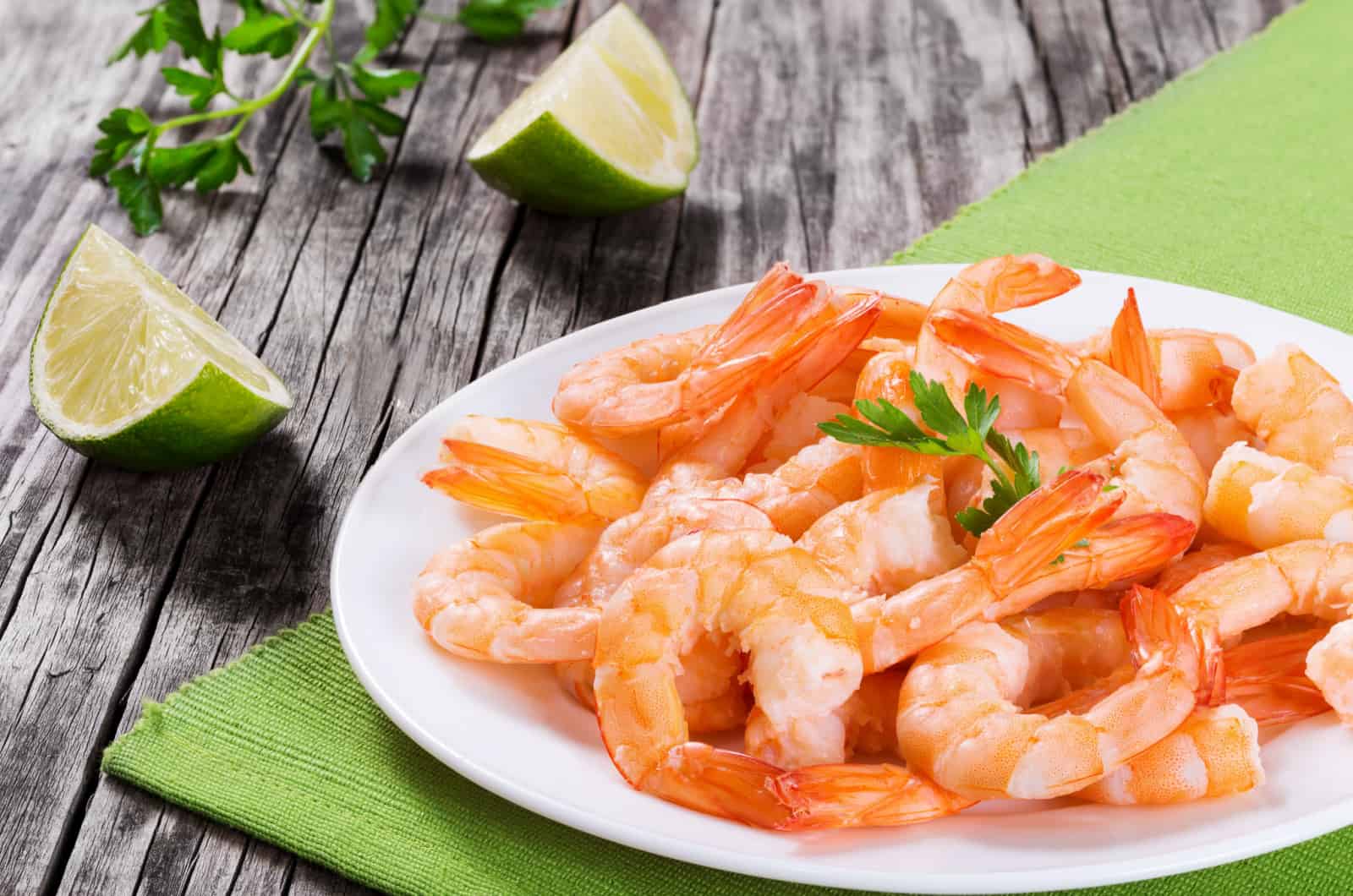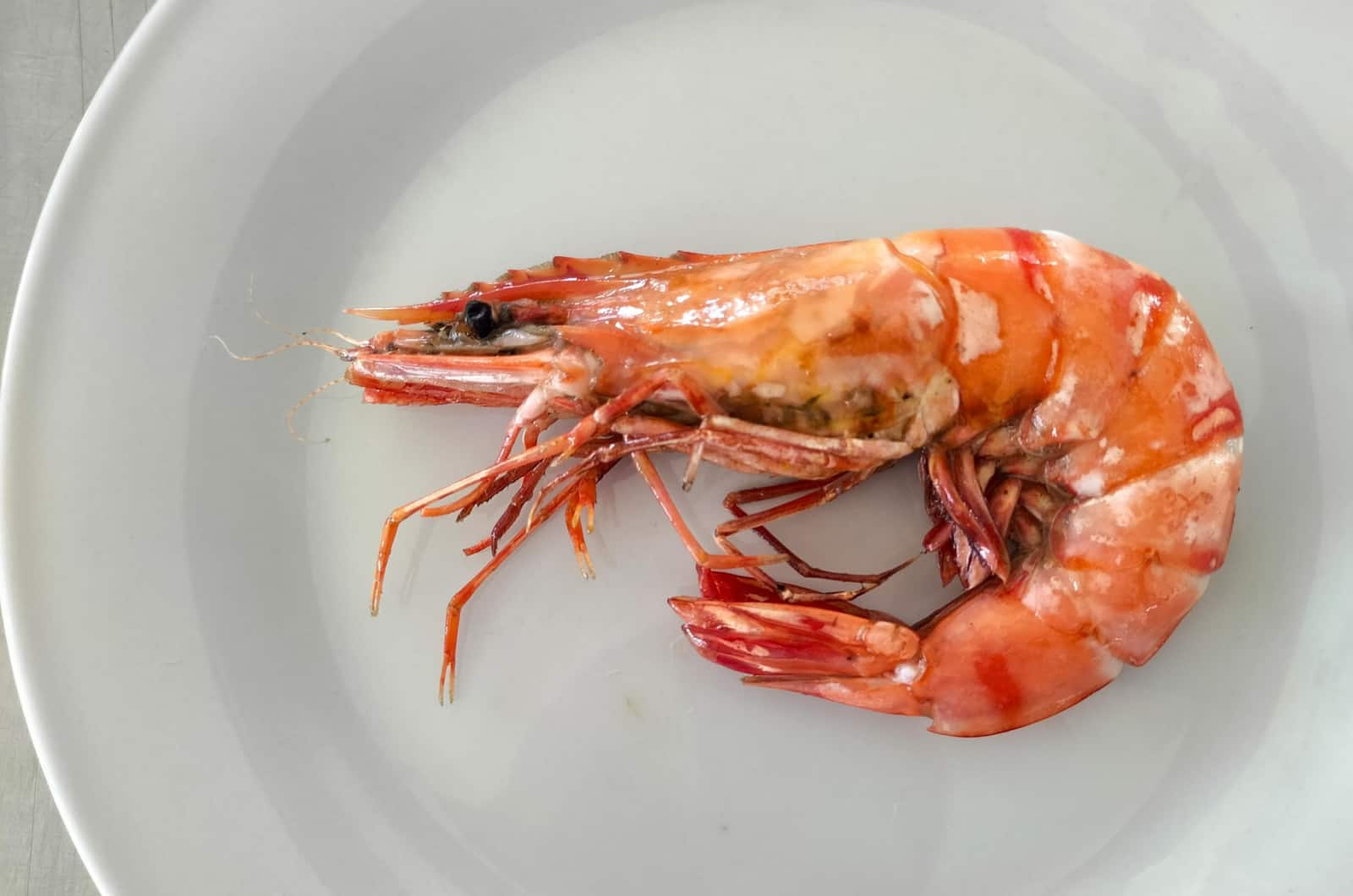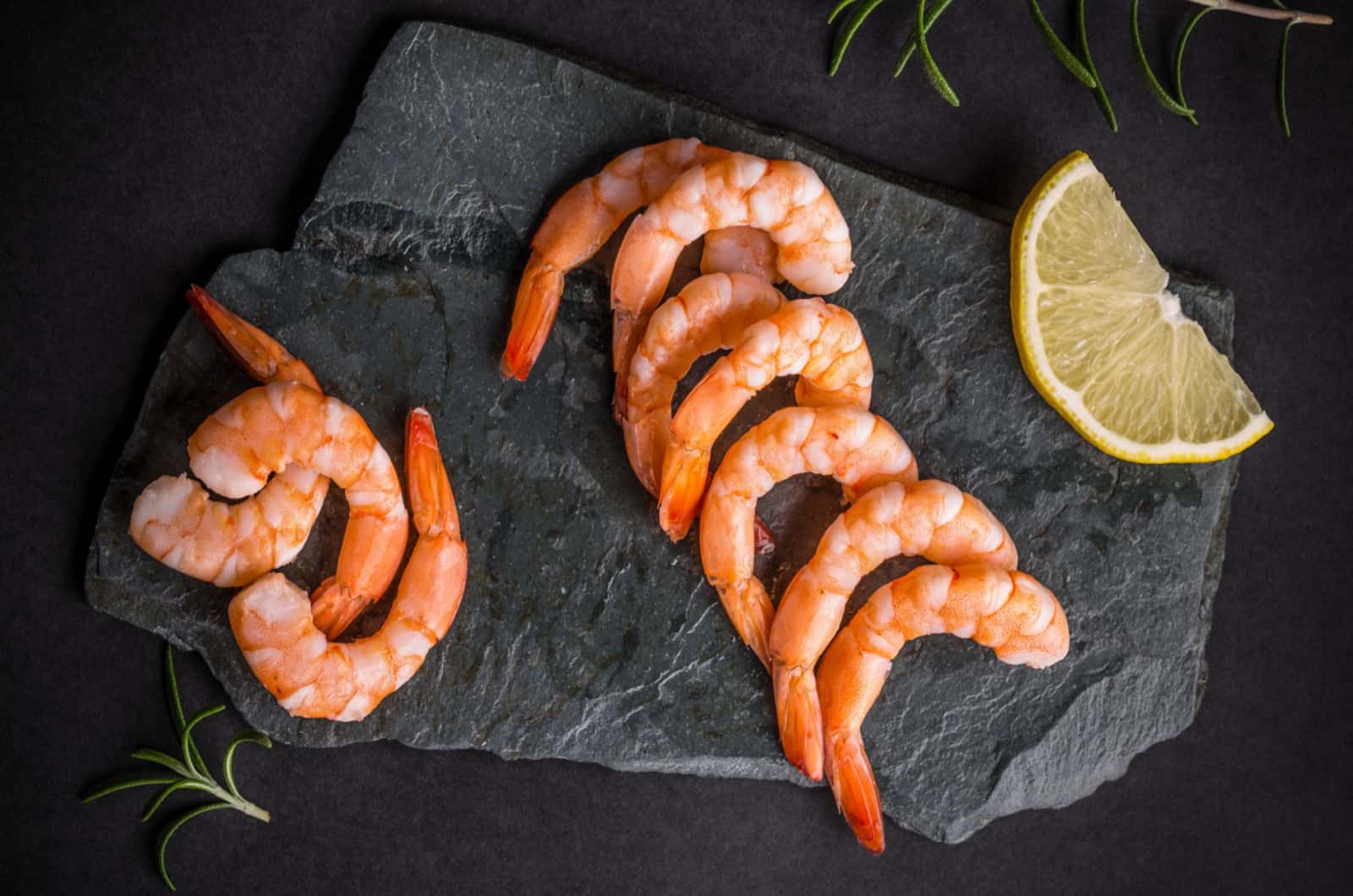If you are a fan of shellfish, and seafood in general, then I am sure that you know a lot about shrimps and that the majority of you enjoy consuming them as well. It is a popular type of shellfish that belongs to the large, diverse arthropod group called crustaceans.
Although this type of food originates from Asian cuisine, it is also very popular in Western cuisine, especially shrimp and prawns that are popular for their unique umami flavor.
But, to be honest, lots of people do not know how to consume this type of seafood properly. And, really, it is a bit of a complicated food to eat.
Shrimps possess a lot of parts that are questionable as to their edibility such as shrimp head, shell, legs, and tail. And legitimate questions arise such as “Can you eat shrimp tail?”, “Are shrimp tails edible?”, “Can you eat shrimp shells?”, and so on.
Well, the short answer is “yes”, but you definitely have to know a lot more information in order to know when it is best to maintain tails, shells, or other parts of shrimps of that kind. So, let’s find out all you have to know about this interesting topic.
Can You Eat Shrimp Tails?

The answer to the question “Can you eat shrimp tails?” is positive because those tails are the edible part of the shrimp. But the question is whether you can consume those shrimp tails whenever you want. The same question applies to shells.
This can be compared to the cartilage on chicken bones which some of you may love to eat, while others tend to pick the meat off. It is the same situation with shrimps where some people like to consume whole shrimps while others are a little pickier.
Anyway, shrimp tails are not bad for your health and they can be digested, though the shrimp tails are composed of polymer chitin that was thought to be hard to digest.
But since the human digestive system contains the enzyme chitinase, which can degrade chitin, it is not exactly as it was believed since it is proven that humans can digest it after all.
But, when it comes to cooking shrimp, if you are a home cook, you need to know some important pieces of information about when to use and not to use shell-on and tail-on shrimp.
Keep reading to find out.
When Is It Good To Maintain The Tails?

Since eating raw shrimp is considered to be unsafe, there is nothing left for you to do but cook them. But the question is will your cooked shrimp have a tail or not? Here, I will go through the situations in which it is good to use tail-on shrimp.
Shrimp Tail For Presentation Purposes
Shrimp tails really are edible but they are also hard to eat. So, if they are that hard to eat, why the heck would they stay in some of your dishes where they do not need to be?
Well, some chefs think that it is fancy to see them in some dishes. And yes, they really do look nice but, of course, it is not recommended to have them in all of your dishes because of their fancy look.
But, seafood platters and fried shrimps are the kinds of dishes that contain the tail. And, also, it is nice to see that shrimp tail in a shrimp cocktail.
In some dishes like pasta, salads, stir-fries, and paella, the tail comes off on its own.
Shrimp Tail For Deep-Frying
When it comes to deep-frying, the shrimp tail is actually very useful. But, why is that so? Well, it is because the tail is the only part of the deep-fried shrimp that you can hold.
So, when you hold the shrimp tail, you can easily bite the breaded meat of the shrimp. Also, if you are preparing those fried shrimp, the tail can be really helpful in picking them out of the oil.
For the best deep-fried shrimp, you just need to coat them in flour, cornstarch them, and finally deep-fry. Then you can sprinkle them with some red pepper flakes and you will get delicious and crispy deep-fried shrimp.
Shrimp Tails For The Flavor
When it comes to a better flavor profile, then keeping the shrimp tail could be a great idea. You have to know that it is recommended to keep the tail on while cooking the shrimp.
But you must make sure not to forget to take the shrimp tail off when the cooking process is over if some of your family members, perhaps, are not a big fan of these parts of shellfish.
Even if the shrimps are smaller, you can keep them on as well. It won’t be a problem.
The reason for the enhanced flavor is the extra chitin that the shrimp tail possesses as that can impact the flavor greatly.
It is best to leave shrimp tails when making shrimp stock because you will need a lot of extra flavors there.
When It Is Not A Good Idea To Eat Shrimp Tails?

Although there are a lot of ways in which you can use shrimp tails, as you have seen, there are situations where it is not really recommended to consume these tails.
You need to know that there are bigger and smaller versions of shrimp and that is exactly the key to knowing whether you can yeat shrimp tails or not.
The tails of some large types of shrimp, including jumbo and colossal shrimp, are not recommended for consumption because they can be a choking hazard.
On the other hand, eating the tails of smaller shrimp is really up to you. It is not a bad thing because there is no risk of choking hazards, but if you do not prefer it, you don’t have to eat them.
Should You Leave The Shrimp Head?

Yes, in some situations, you can freely keep the head of the shrimp. And that situation includes making stock or broth. Shrimp heads can give them some extra flavor and make them more delicious.
Of course, if you are making shrimp stock, it is really up to you whether you will remove the shrimp heads after cooking or let them stay in the dish. Some people tend to eat shrimp head and they enjoy it.
But, some others do not find it pleasing because you need to suck the brain out of the head. And let’s be honest, not everyone has the stomach for that. But, all in all, we can conclude that you definitely can put shrimp head into the dish while cooking and, after that, it is up to you to decide.
How To Devein Shrimp?
In order to have peeled and deveined shrimp, you first need to pull off the legs and the head of the shrimp. You will first pull off the external shell by starting with the head.
You can freely preserve the tail if you want, but you can also pull it off if you do not want it in your dish. Of course, those shells don’t need to go to the trash because you can store them in the freezer or use them for shellfish stock.
After you remove the exoskeleton, you just need to cut along the external edge of the back around 1/4 inch into it. You can use a small paring knife. Then you have to pull out the vein that runs along the back.
You can store your deveined shrimp in ice water until you are ready to use them.
What Are The Health Concerns Related To Eating Shrimp?

There are certainly some health issues related to consuming shrimp, especially if you are consuming whole shrimp, i.e. along with the shell. The first thing you need to worry about is shellfish allergies which can be really nasty.
Since it is one of the most dangerous allergies out there, you need to be really careful. If you ever had any problems with allergies to shellfish, it is best to avoid them completely.
There is also gout which you need to be concerned about. It is a form of inflammatory arthritis that can be very painful. The main cause of this nasty disease is the acid buildup that shrimp can easily cause.
As you can see, you need to be really careful when consuming shrimp because it can be fatal for some people who have these health problems.
Are There Any Health Benefits Of Eating Shrimp?

There are some health benefits to eating shrimp. Shrimp possesses some nutritional value in terms of minerals. It is not that high in calcium or vitamin C, but shrimp contains a large amount of iodine which is good for your brain health and thyroid function.
Shrimp is also high in healthy cholesterol, omega-3 fatty acids, and antioxidants. Shrimp shell is rich in proteins similar to keratin that are good for your skin, hair, and nails.
And all of this is great when you do not add animal fat, butter, or vegetable oil into the dish. But the problem is that most of the time, these ingredients are added to dishes with shrimp.
So, consider making seared or boiled shrimp without these ingredients so that you can enjoy all their health benefits. You can freely add some healthy seasonings like cajun seasoning or Italian seasoning.
You can find some interesting facts about these seasonings in one of my previous posts.
Final Verdict
As you have seen in this article, the answer to the question of whether you can eat shrimp tails is positive. But you need to be careful because it is not recommended to consume shrimp tail in every situation.
It is good to use it for presentation purposes because it looks really great, especially on shrimp cocktails.
You can also use them to enhance flavor in some kinds of dishes like stock and broth, and it is good to have the tail on fried shrimp because you can easily eat them that way.
But, if the shrimp is large then its tail is also large, which is not really recommended to consume with the tail because there is a risk of it being a choking hazard. Also, if you have any allergies to shellfish, it is best to avoid consuming shrimp, especially those including the tail and shell.
